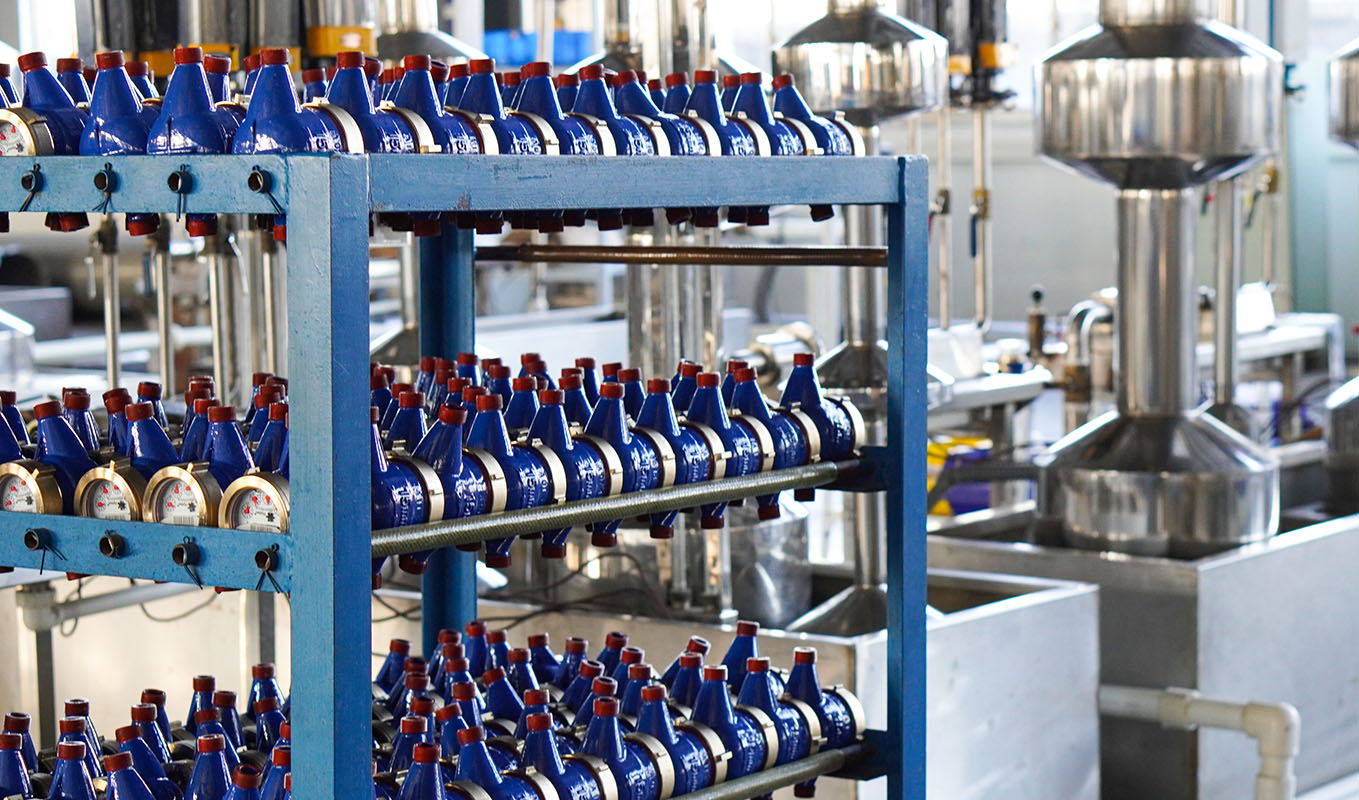The internal structure of the water meter can be divided into three parts: shell, sleeve and inner core from the outside to the inside. The shell is cast iron. The inner core is divided into three layers: upper, middle, and lower. What you see from the glass window is the upper layer, with only pointers and dials. In fact, the most important thing is the lower layer. There is a plastic wheel inside, and there are many plastic blades on the side of the wheel, called "impellers". The water flow impacts the blades around the wheel, generating torque, which causes the impeller to rotate. The larger the faucet opens, the faster the water flow, and the faster the impeller turns.
The advantages of ordinary water meters are that they are simple and inexpensive, and can be used for a long time in a humid environment without maintenance, and they do not require a power source, and the power failure does not affect the work, so they are still widely used.
